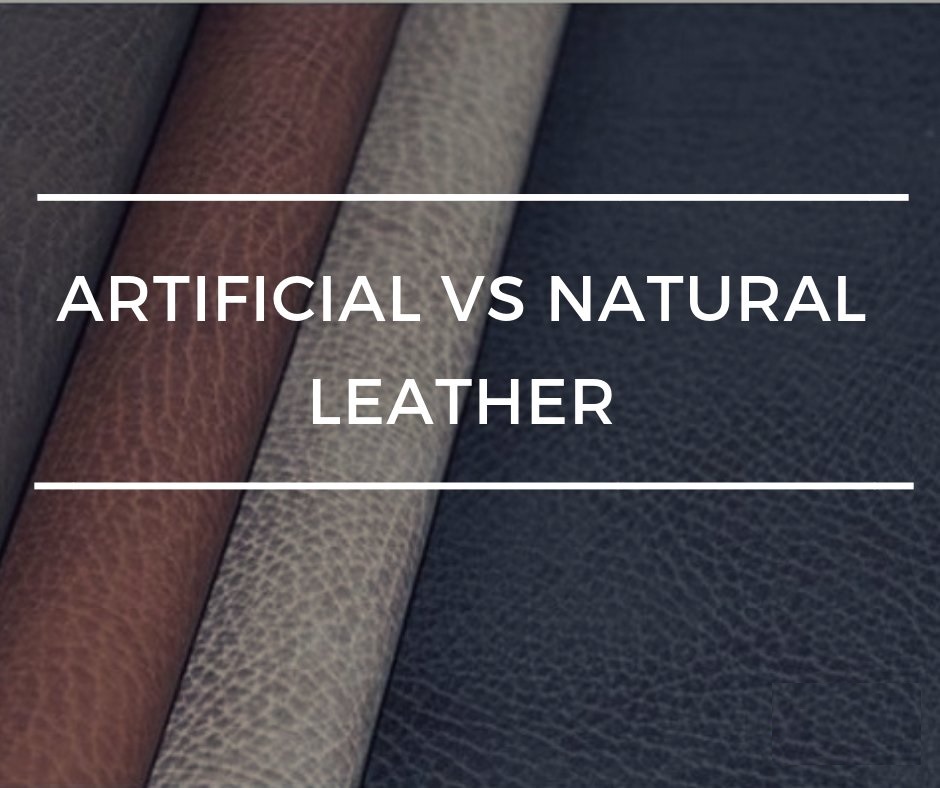Undoubtedly, the stuff made from genuine leather carries its unique charm, and that’s why leather is distinctive from synthetic fiber because of its rich, natural, and elegant finish. There are many synthetic materials available at a lower price; however, the quality is not good. Whereas, the real leather products are also available and they have good quality and are durable. Marketers also use these terms to market their products. When buying a product, you need to consider these things and ensure it is genuine leather if it’s expensive; otherwise, synthetic leather has lower prices.
There are different types of leather like full-grain, top-grain, genuine, bicast, and bonded. If you love to wear a leather jacket, you can easily get a real leather jacket for $ 300 to $ 2000 and more. Prices vary due to the quality and origin of the leather hide.
Full-grain cowhide leather or real leather is expensive because it is obtained from the complicated process of finding the best suitable animal hide and transforming it into leather.
Let’s look into this article; we will guide you on how to identify real leather.
Differentiate Real Leather From Faux leather
Be cautious before buying a product that does not claim that the product is manufactured from real leather. Undoubtedly, if you see the label of artificial material, it means it is faux PU leather. Generally, in real leather products, you will find the tags of real leather, genuine leather, top/full-grain leather made with animal hide.
Check the Surface of Leather
You need to check the pebbles and pores, and surface grain to identify the flaws that identify genuine leather. However, flaws in leather are considered a good thing. Genuine leather is made from animal hide; thus, the leather products have a unique look. Generally, grains identify a machine-made product.
When you see real leather, you will find wrinkles, creases, and scratches on it, and it’s a good thing! Here keep in mind that manufacturers manipulate the buyer by mimicking real leather.
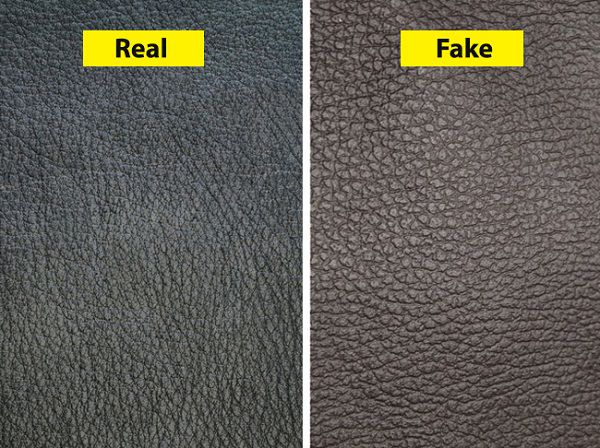
Press the Leather
Press the leather, and if it gets wrinkles and creases, it means it is real leather. Synthetic materials are wrinkle-free, and creases do not appear when you touch them, retaining rigidity and shape.
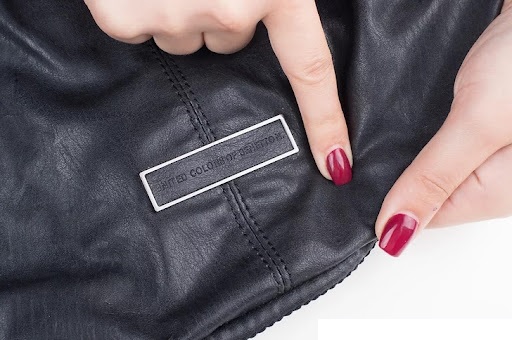
Check the Smell of Leather
Check the smell of leather if it smells musty, natural instead of chemical, plastic that means your product has genuine leather. Real leather has a different smell because it is made of animal hide, and faux leather smell like plastic.
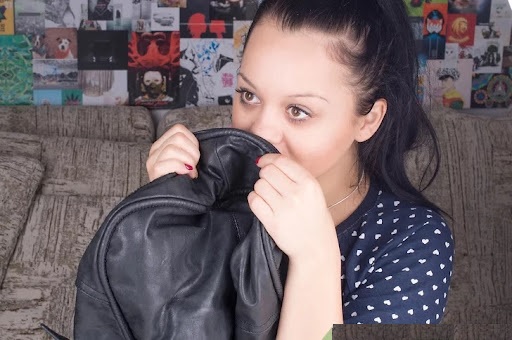
Fire Test
This experiment works well; if you expose the real leather to fire, it won’t burn easily. In comparison, faux leather catches flame quickly and smells like when someone burns plastic.
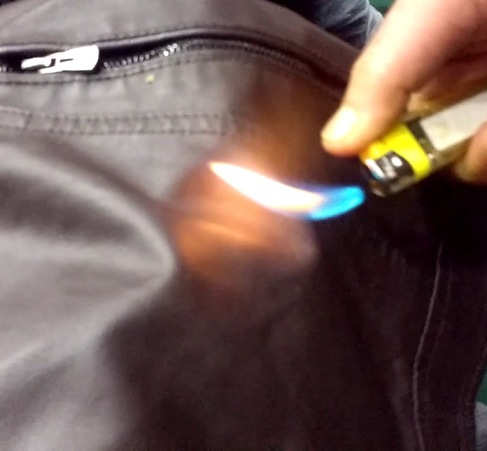
Check the Edges
Check the edges, as real leather has rough edges, whereas faux leather has smooth edges. Machine-made leather is easily identified as it has a machine-cut look. Real leather is made up of many threads, which are ripped around the edges. Whereas faux leather is made of plastic and has no that kind of threads, and the edges are smooth and clean cut.
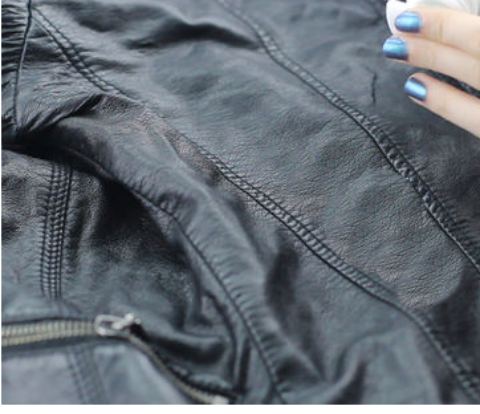
Bend and Check
Bend the leather, and if its color changes slightly, it means it’s real leather. Real leather has good flexibility, and when you bend it, the color will change, and it gets wrinkled. Whereas faux leather is stiffer, and it isn’t easy to bend it.
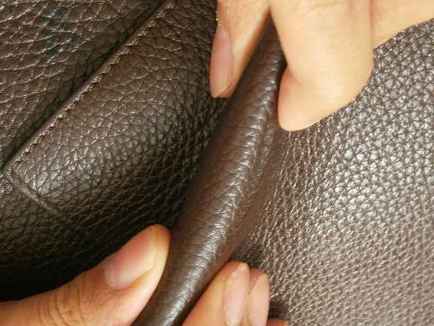
Water Check
Drop a small amount of water on the leather; if it absorbs the water, it means it is real leather. Whereas, if the water puddle up on the leather, it means it is faux PU leather. However, real leather can absorb water in a few seconds. This test will help you identify the leather material.



